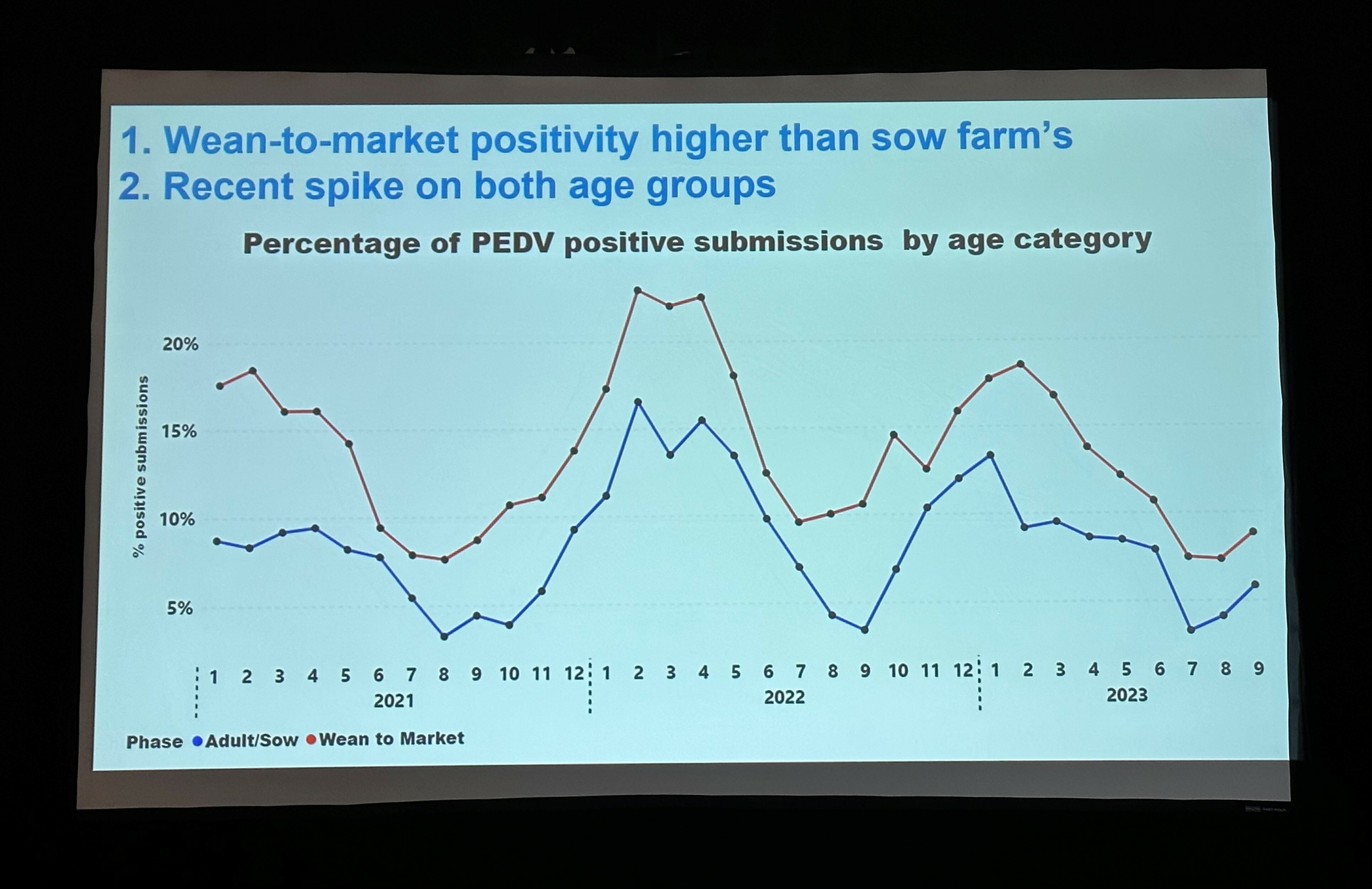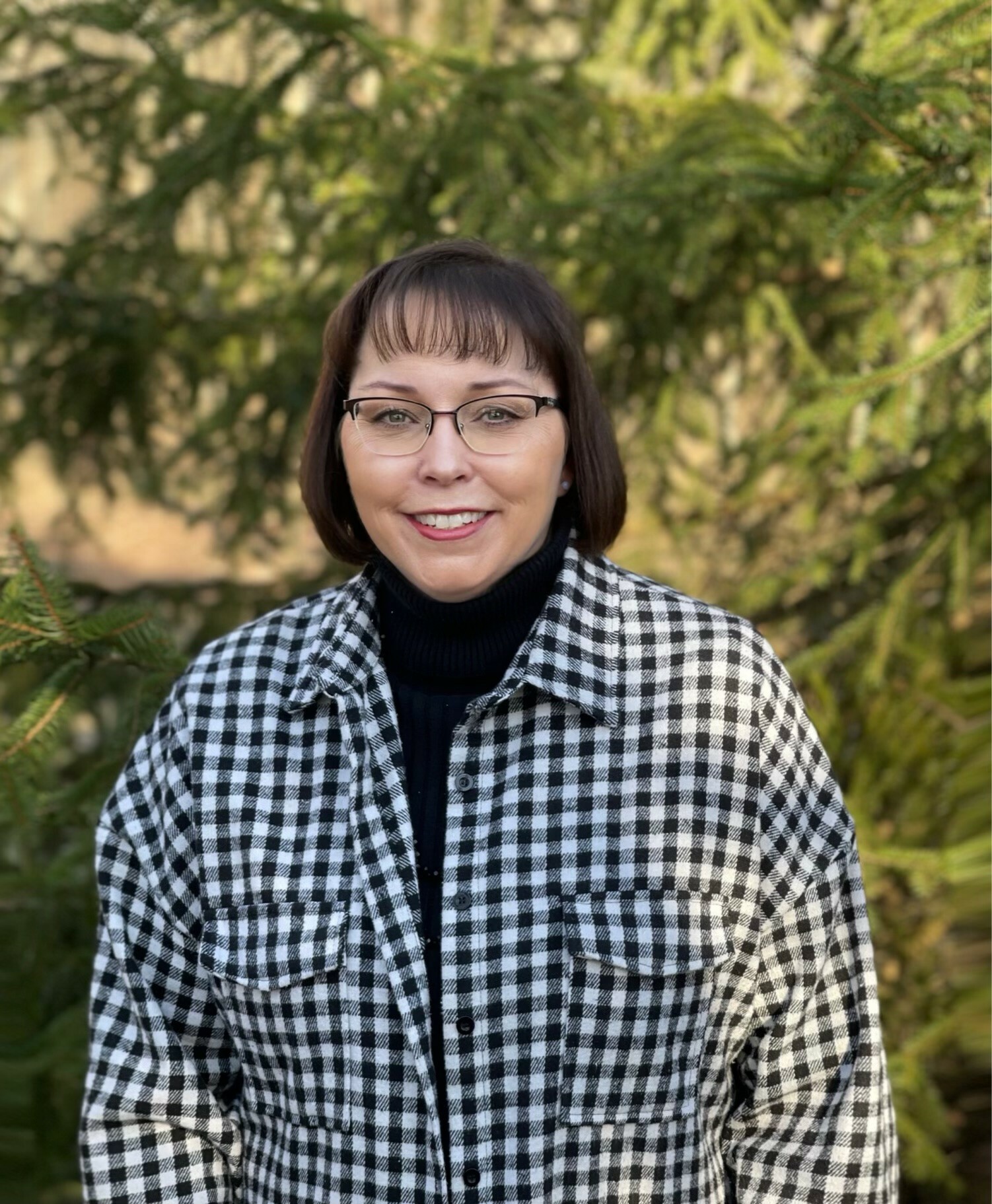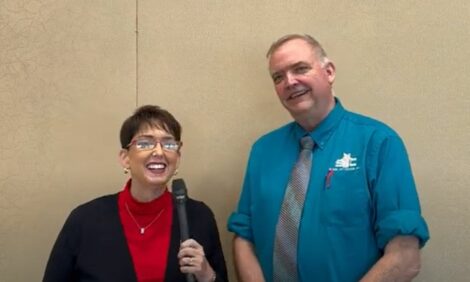



Leman: SDRS data shows off-season uptick in late-summer PEDV cases
PEDV trending higher in US grow-finish pigs & sows; hot spot regions should be on high alertPart of Series:
< Previous Article in Series Next Article in Series >
Dr. Giovani Trevisan and Dr. Daniel Linhares, both with the Swine Disease Reporting System (SDRS) in the United States, spoke with The Pig Site’s Sarah Mikesell at the pre-conference of the Leman Swine Conference in St. Paul, Minnesota, USA, about the status of porcine epidemic diarrhea virus (PEDV) in US swine herds.
“This morning was a discussion on the PED situation in the US and should we control or should we eliminate?” said Dr. Linhares. “In our talk, Dr. Giovani Trevisan and I were here to share from the Swine Disease Reporting System perspective, what's going on in herds.”
SDRS is a consortium sharing diagnostic data from six different labs in the US. The data is gathered, compiled and shared with industry. It is sponsored by the Swine Health Information Center (SHIC). The project is also receiving funding from USDA for specific research projects.
A report on the PED activity is available free online the second Tuesday of each month. Anyone interested in reviewing the report can either go to the SHIC website or the SDRS website to be added to the newsletter email distribution list. The newsletter can be received either via PDF or audio. The report summarizes PEDV activity as well as other disease patterns. International monitoring reports are also available.
“Going back to the situation of PED, based on the SDRS data, what we found is that PED has a strikingly and repeatedly seasonal pattern – going up in the winter and down in the summer,” he said. “Now we're towards the end of this summer, where it should be in the valley, not in the peak, so that's the good news. The bad news is that it's starting in the last few weeks to trend up, especially in grow-finish pigs. And we are seeing some regional hotspots.”

Status of PEDV
“This is the period of the year that we start to see that detection is in the valley, but right now, in August and September, we are starting to see that there is also activity starting to occur in breeding herds,” said Dr. Trevisan. “That is not expected for this time of the year but expected a little bit further down the road, but it is starting to occur already.”
At the regional level, there is some detection in North Carolina and Missouri, and it has now started to pop up in Iowa. So as that is occurring, it’s a red flag that as we go towards the wintertime, it may become a bigger problem and farms in those regions should be on high alert.
“One of the things that we have this year is the capability of looking for PED virus in both adults sow farms and for growing sites,” he said.
The grow-finish (wean to market) sites have higher activity than the sow farms, but they are interrelated. When sow farms break, detection can follow through to grow-finish sites.
At a regional level, the SRDS looks at central Iowa, East, Southwest and Central East regions because there are different impacts of detections for PEDV in each region. Getting this information allows the SRDS to be able to get boots on the ground and be able to provide that information for clients now and going forward to show patterns of detection and better information.
“One of the questions that they ask of us is how is the detection of the PED variants detected?” said Dr. Trevisan. “We also explained that data and can bring it for the stakeholders in the future. We're having a meeting for the advisory board today where they are going to see for the first time that data and bring their opinions and how we can present that for the industry.”
Using the SDRS report
“We provide this information, as Daniel says, ‘very cheap’,” he explained. “They start to see there is activity in the region so they can start to implement measures for bio containment to keep the disease within the farms if they were the ones that are infected.”
As for the ones that are not infected, the producers can tighten up on bio exclusion to keep the diseases out.
“So, it does raise the flags that something's going on and they can be prepared to avoid the entrance on the farm by having the information ahead of the game,” said Dr. Trevisan.
PEDV late summer increase signals usual increase in viral load
“The uptick in activity that is going on is specifically in the breeding herds,” Dr. Trevisan said. “If that's going on in the breeding herds, we expect the downstream goal is to go to the nursery and finishing sites. That's a bad signal for the winter if that continues.”











